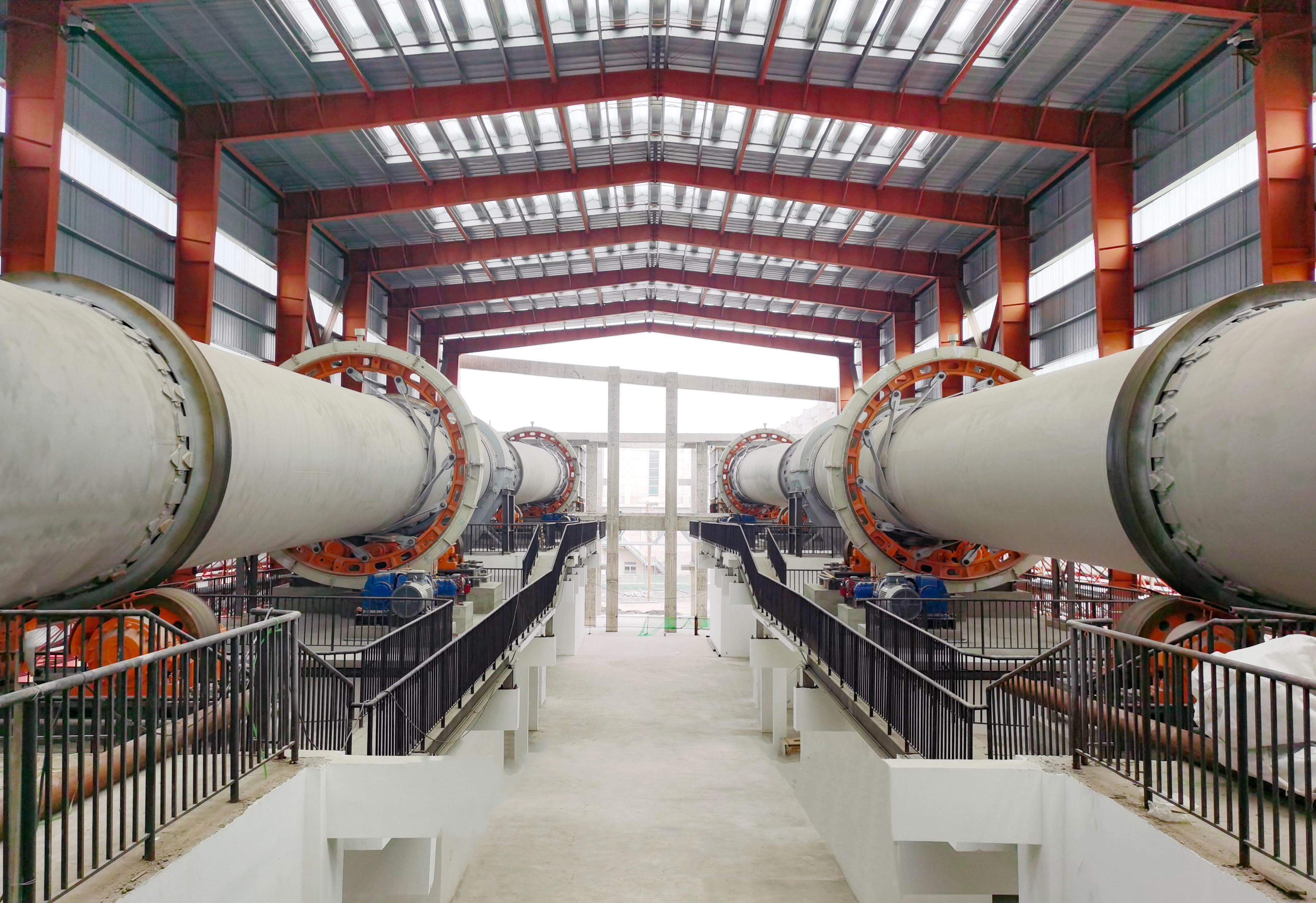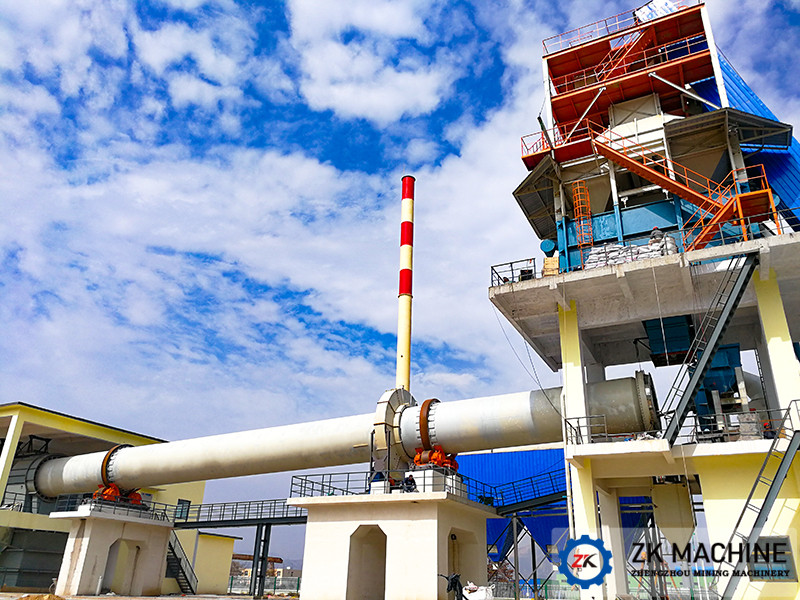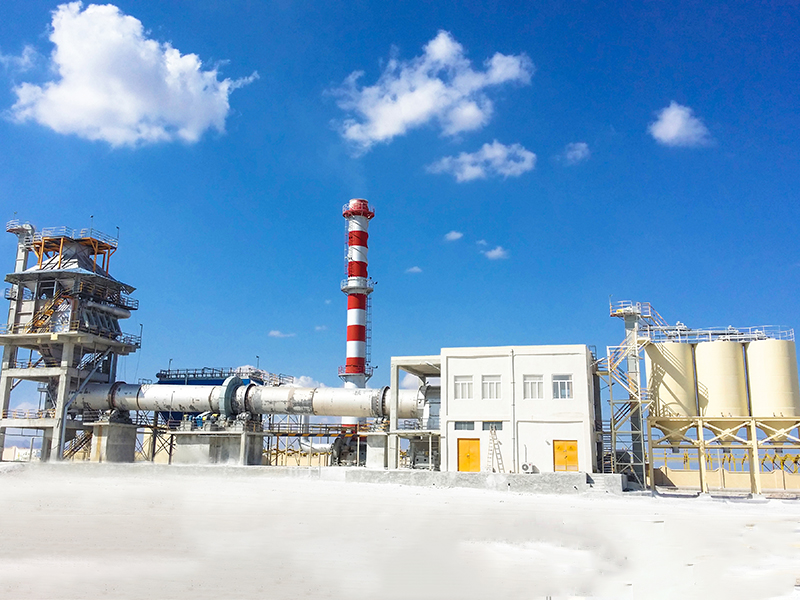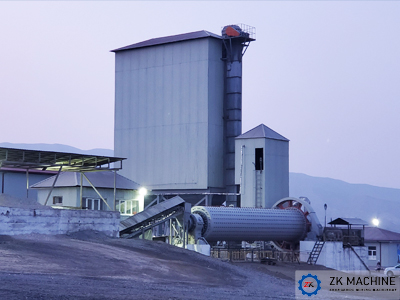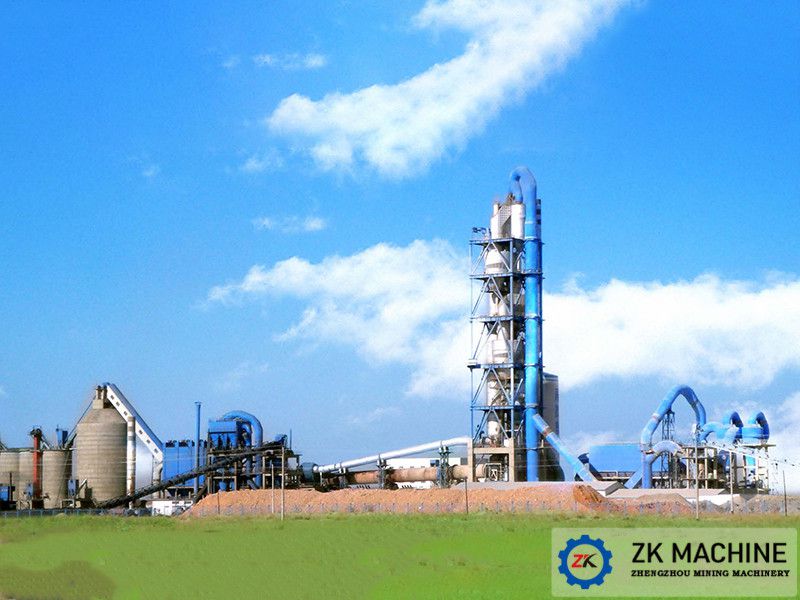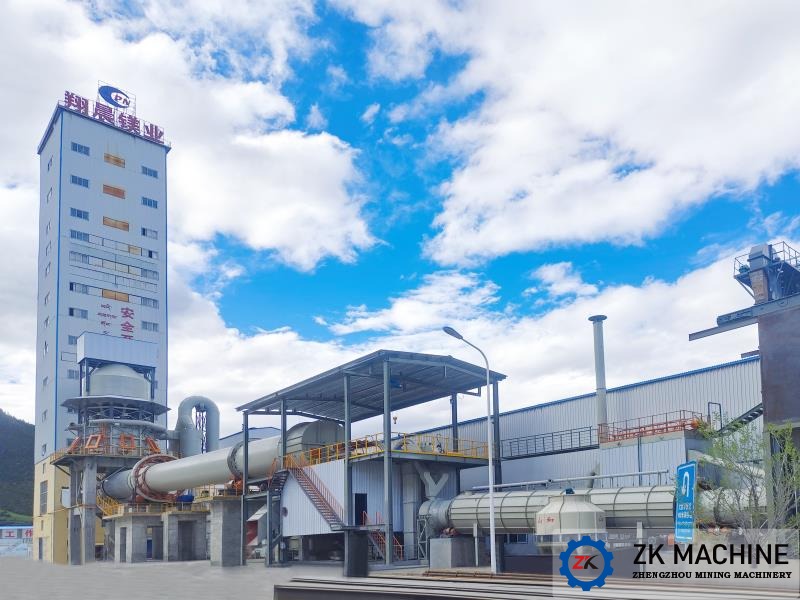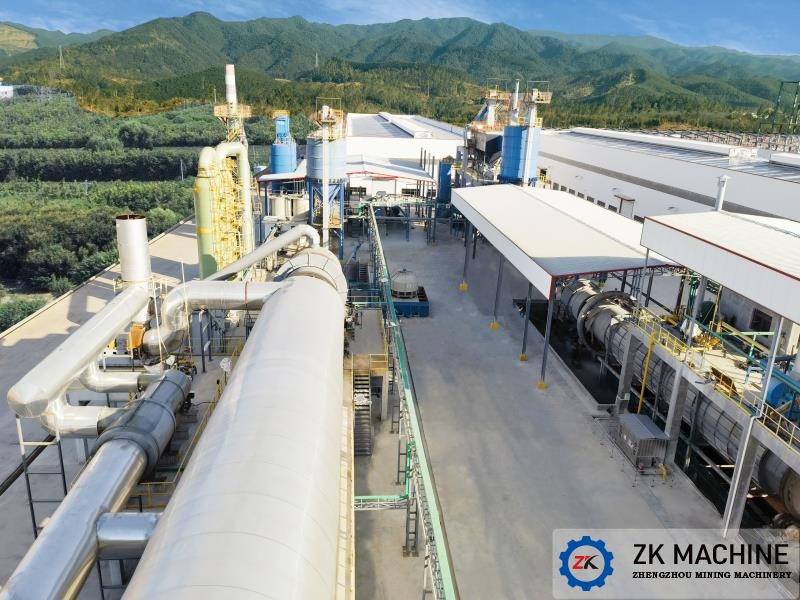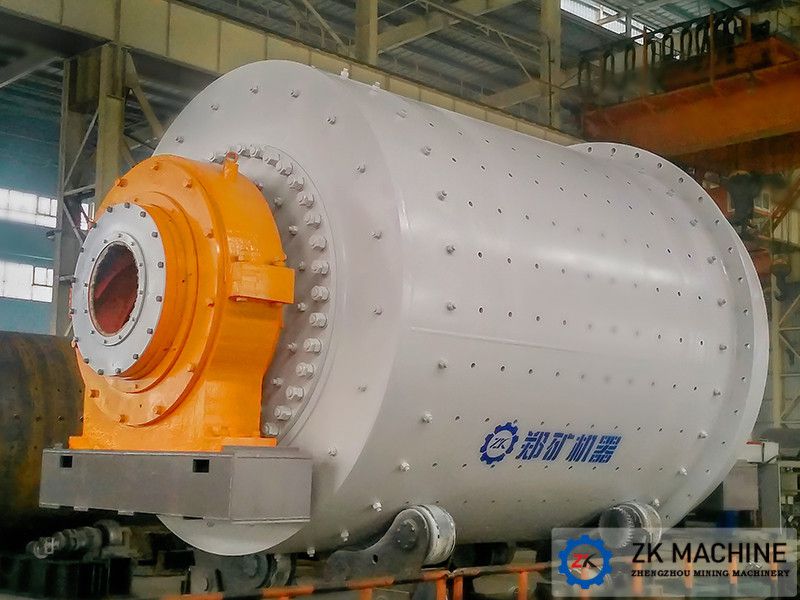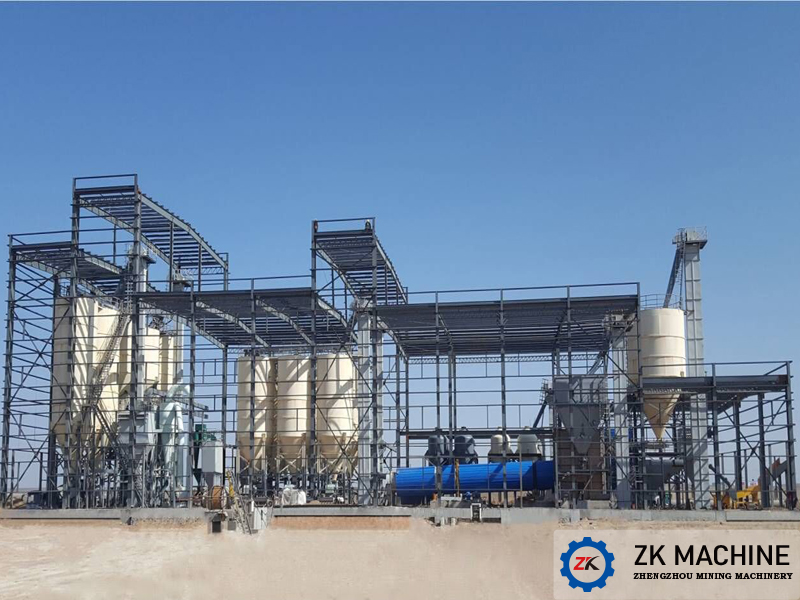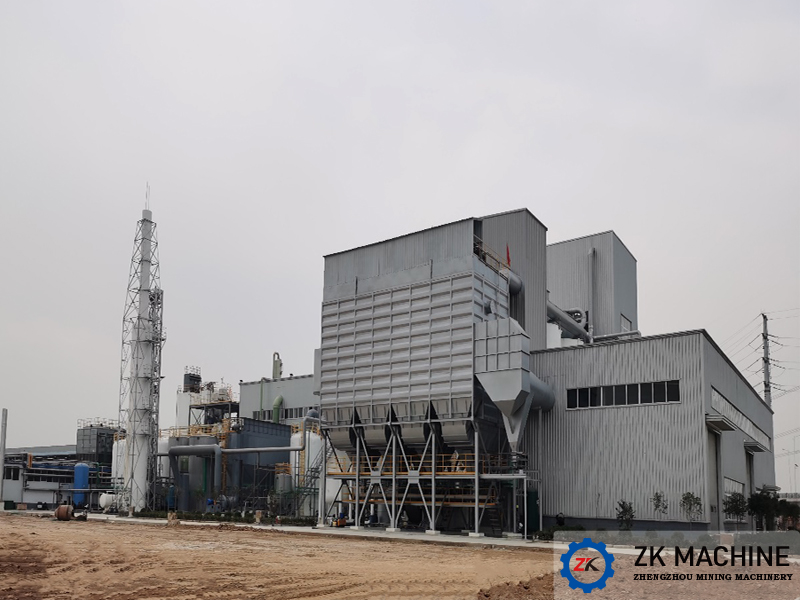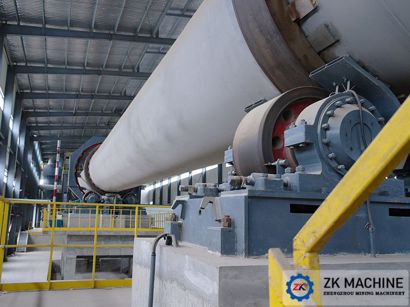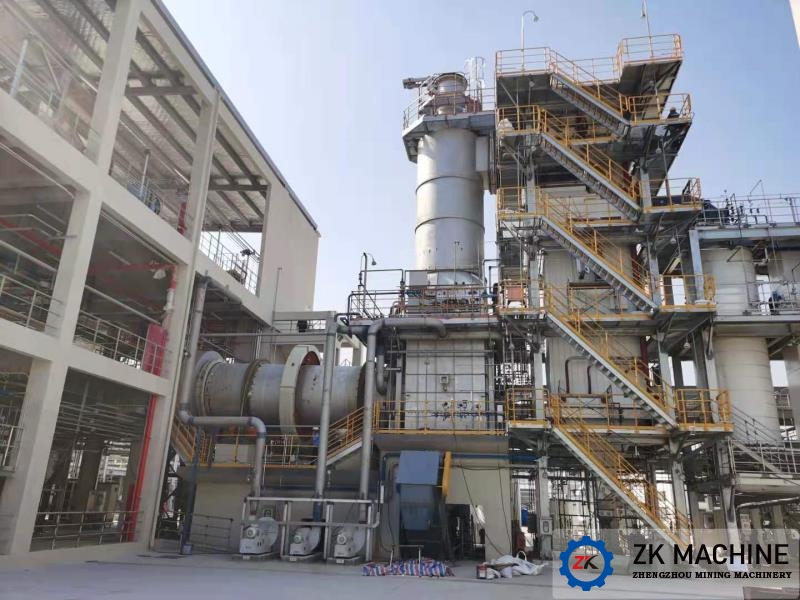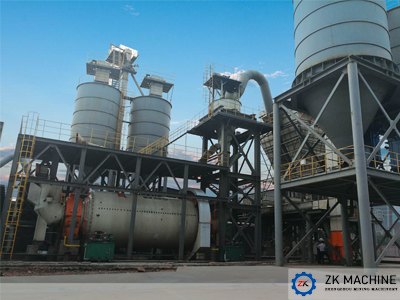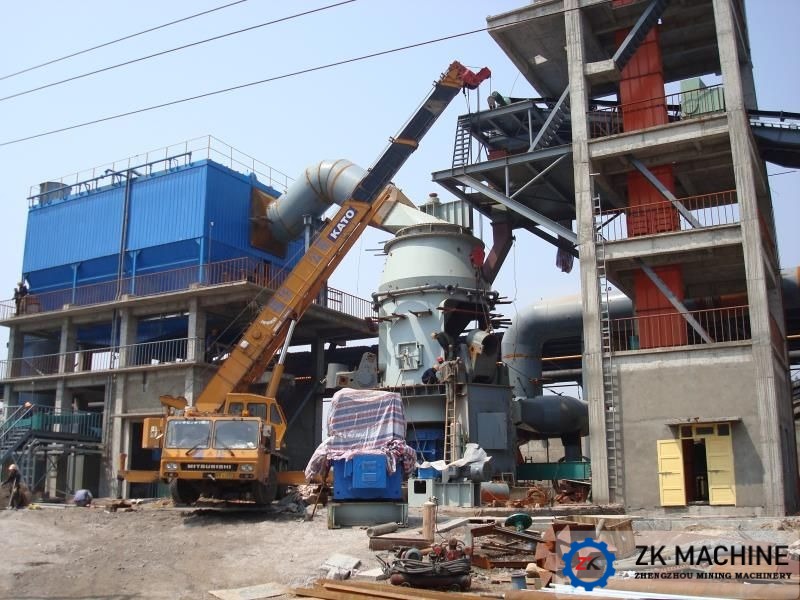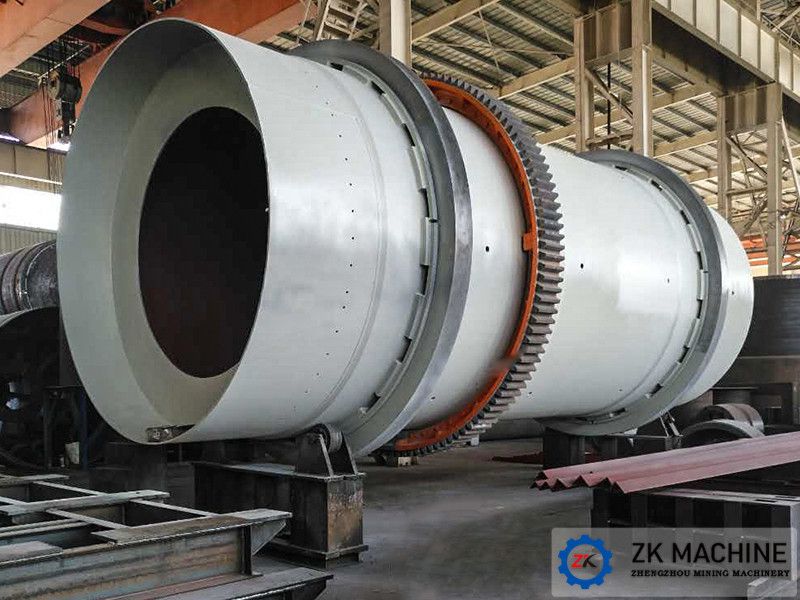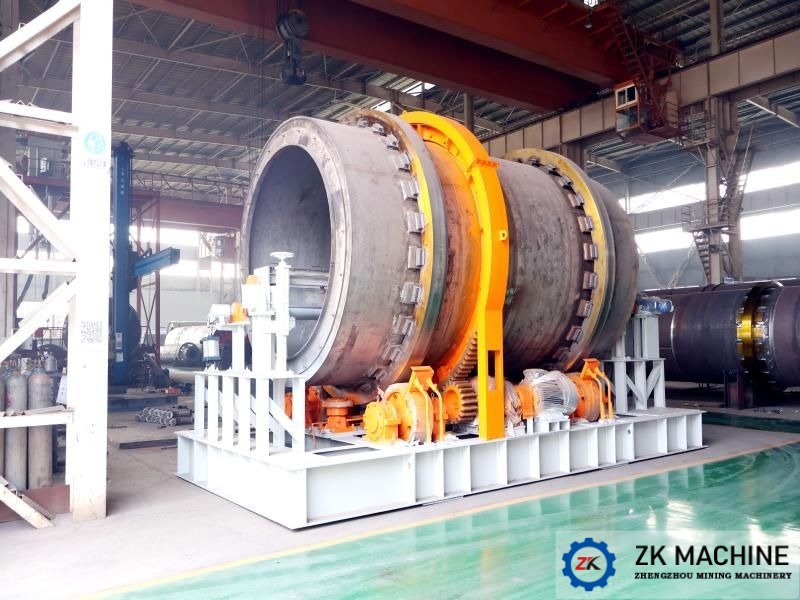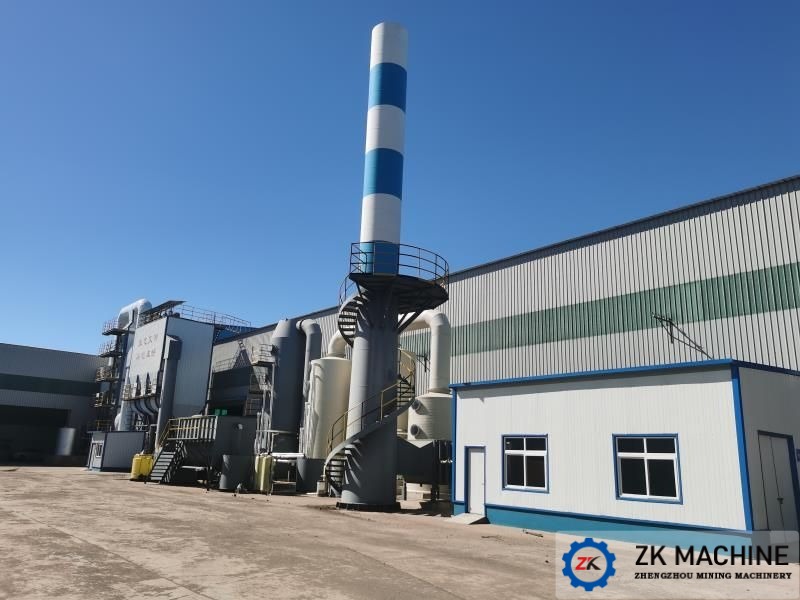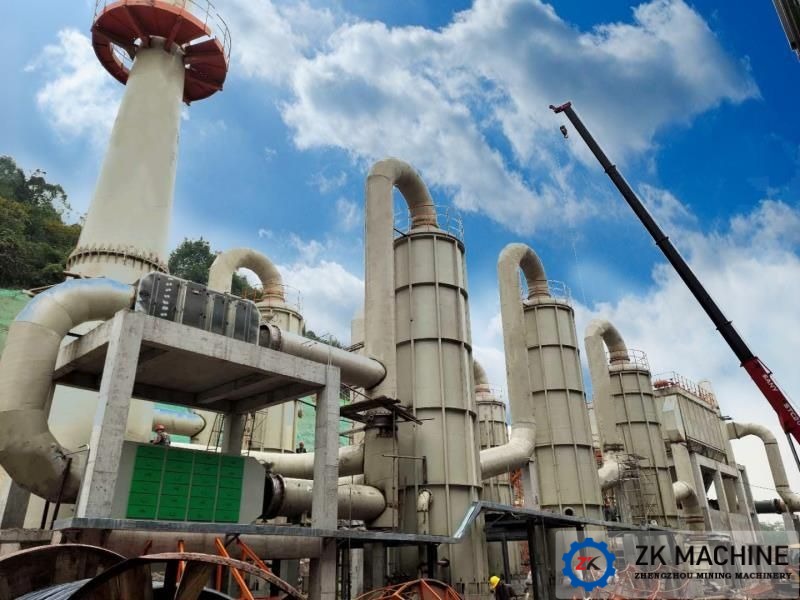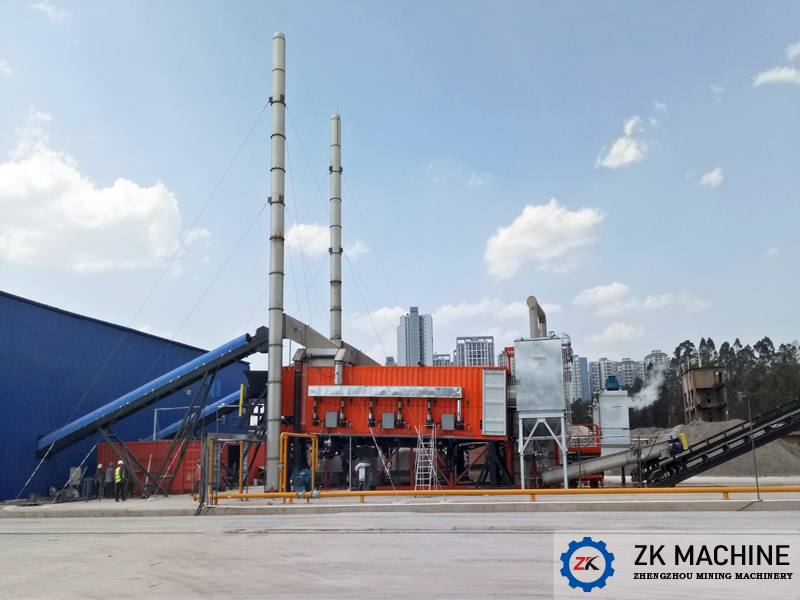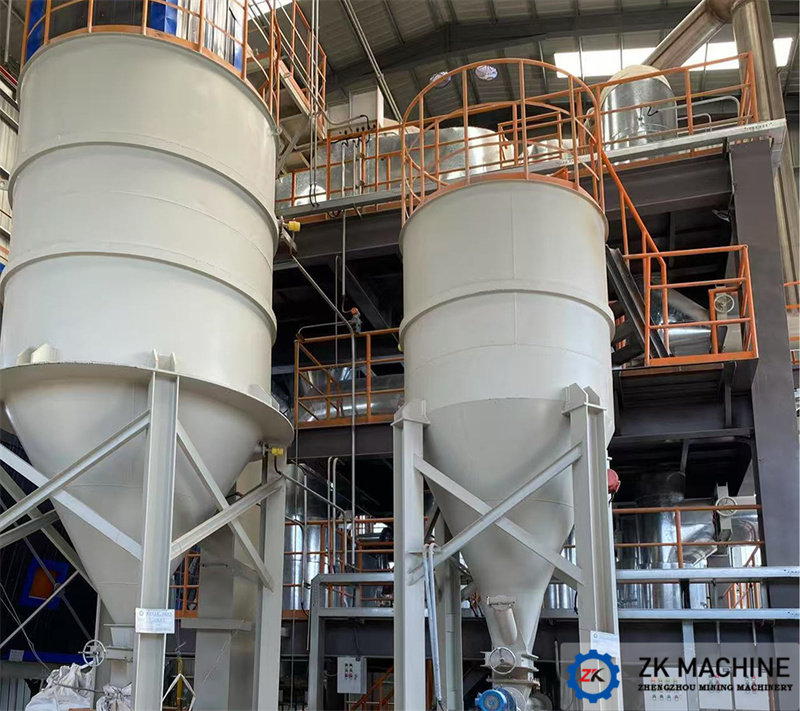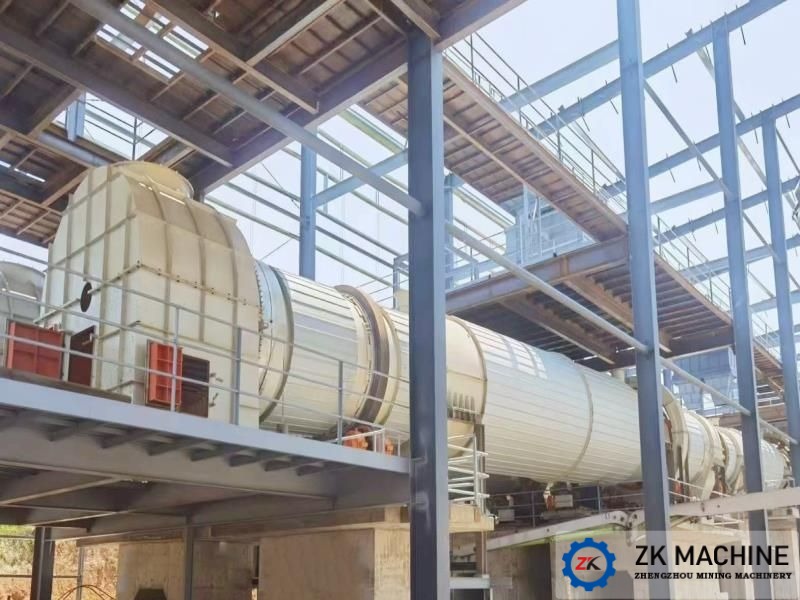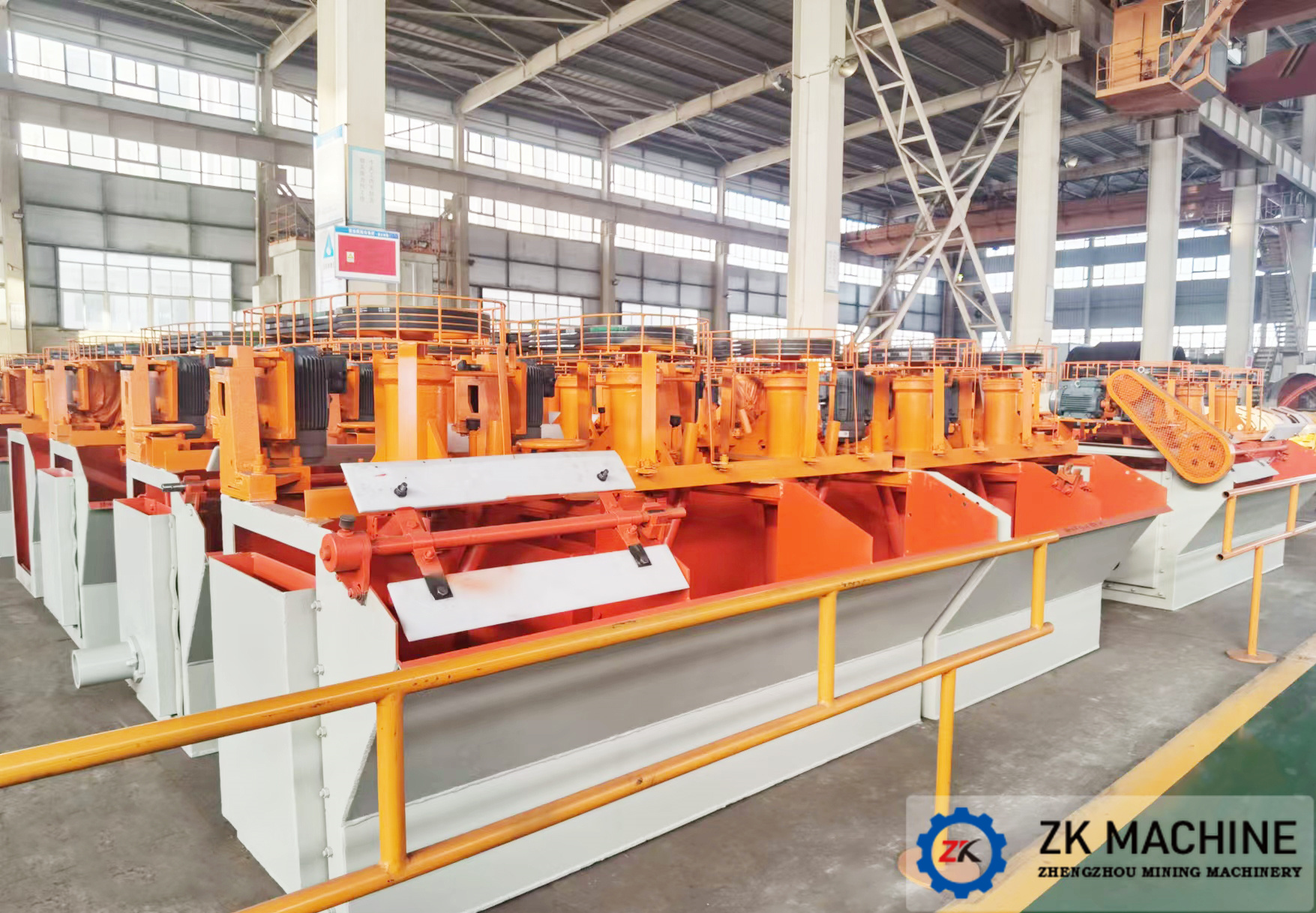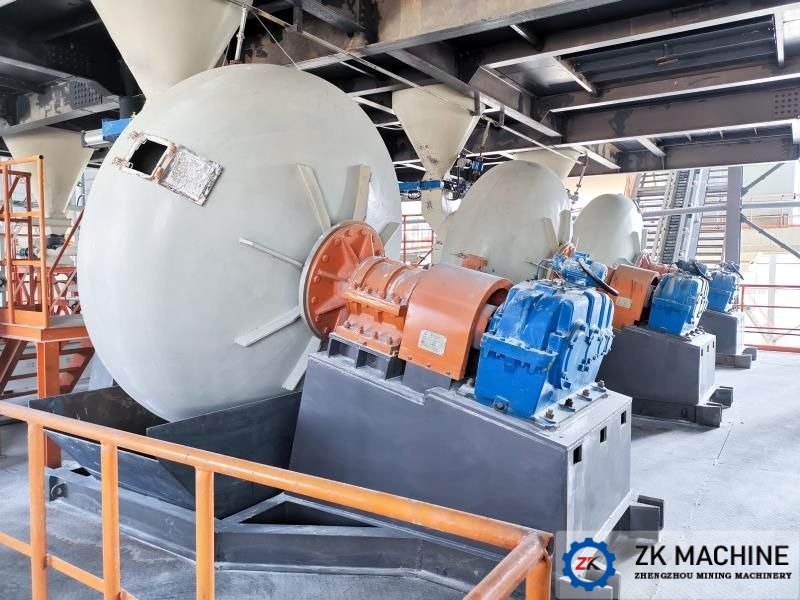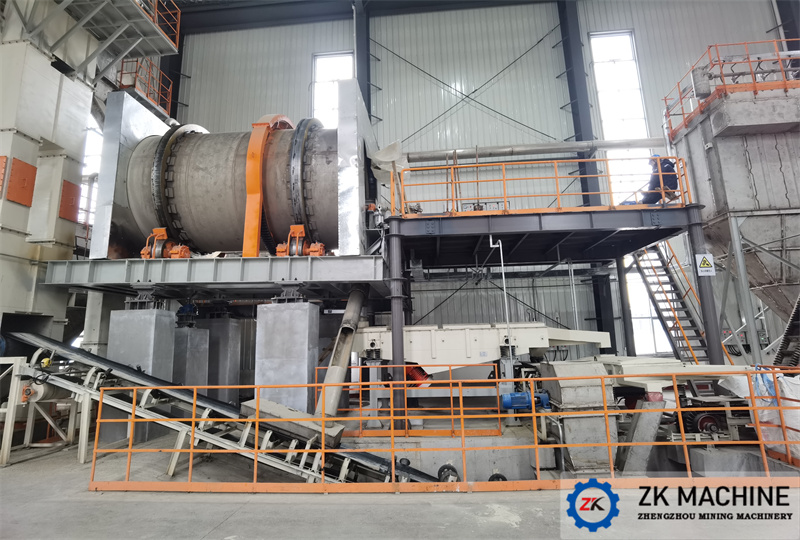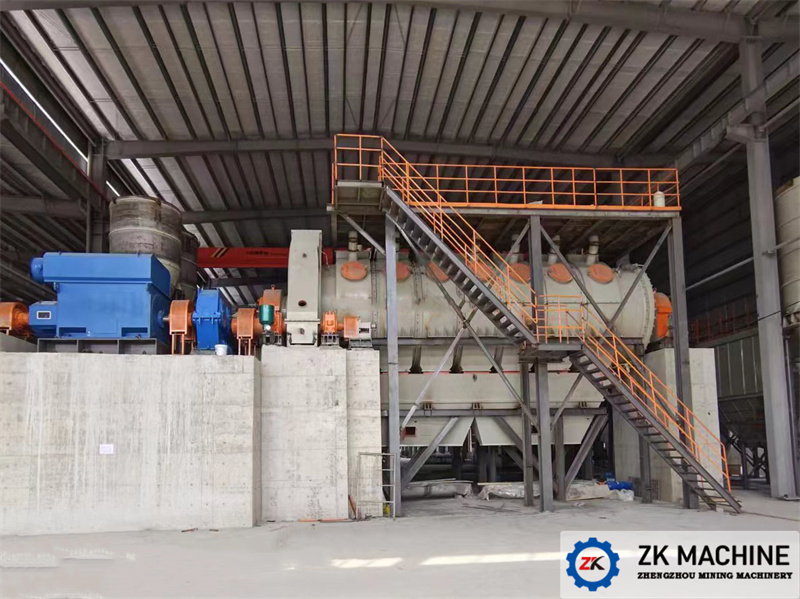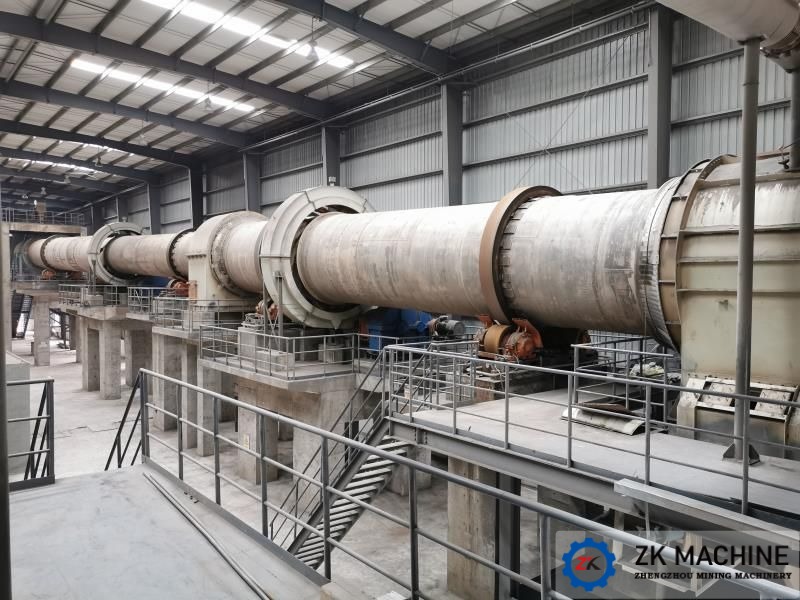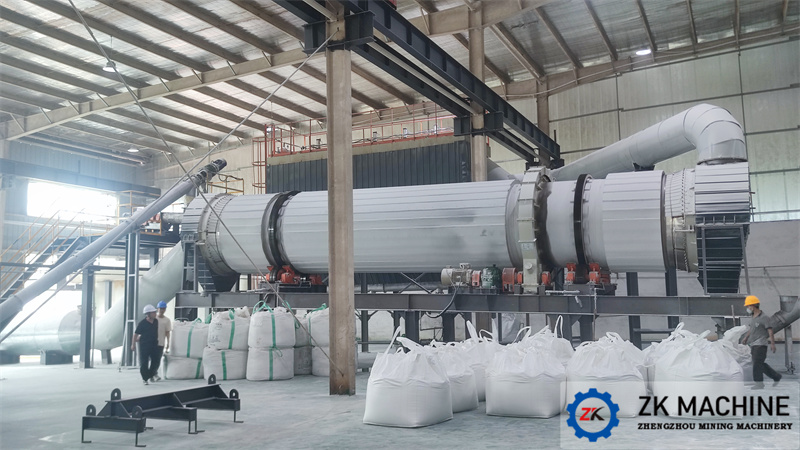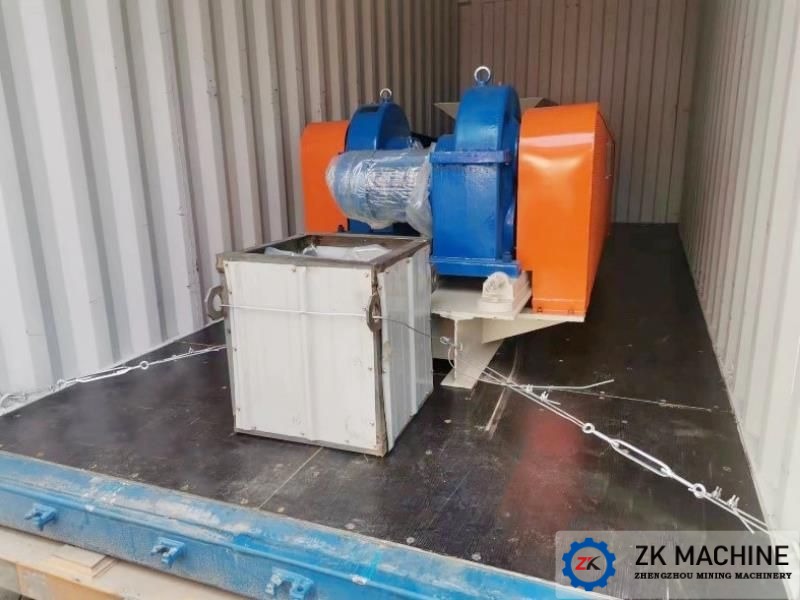Introduction of Hazardous Waste Incineration Rotary Kiln
Hazardous waste incineration rotary kiln is mainly used for the incineration treatment of comprehensive hazardous waste. In view of the material characteristics and incineration process requirements of comprehensive hazardous waste, this type of rotary kiln has the characteristics of complete incineration, strong adaptability, high operating rate, low energy consumption, and easy operation and maintenance!
Picture: Actual shot of a φ2.8×15m hazardous waste incineration rotary kiln in a project of Shandong Pharmaceutical Industry
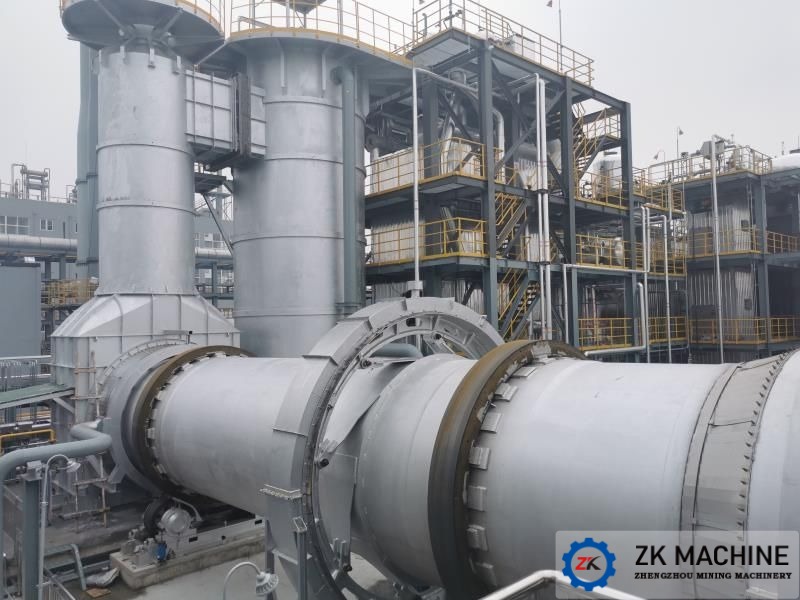
So, how does the hazardous waste incineration rotary kiln work?
Hazardous solid waste (including medical waste) that needs to be processed enters the kiln from the feed end (high end) of the cylinder for incineration. Due to the tilt and slow rotation of the cylinder, the material will produce a comprehensive movement that both rolls along the circumferential direction and moves along the axial direction from the feed end (high end) of the barrel to the discharge end (low end). The solid waste material moves in the kiln After internal combustion and decomposition, the solid waste after basic treatment is discharged from the discharge end (low end) of the barrel and enters the secondary combustion chamber for the next step of treatment. The fuel is sprayed into the kiln body from the feed end (high end) of the barrel and completes heat exchange with the solid waste entering the barrel.
Picture: Actual shot of the production of a φ3.6×14m hazardous waste incineration rotary kiln cylinder for a project in Liangshan, Sichuan
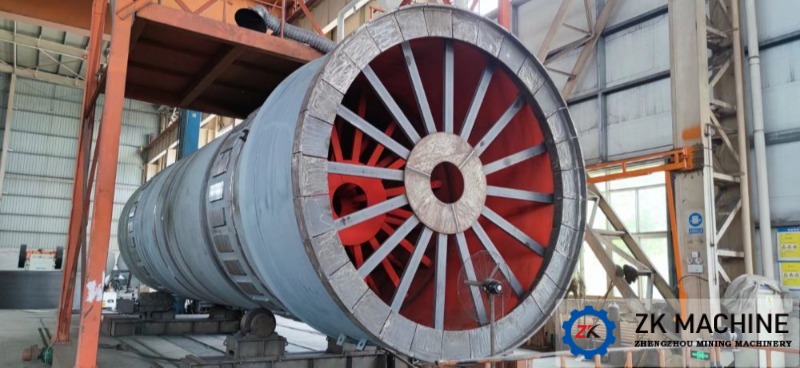
What are the structural characteristics of hazardous waste incineration rotary kiln?
1. Barrel part
The cylinder body adopts two-speed support, the support part is thickened, and the welding adopts automatic submerged arc welding; the kiln tail guard plate is made of cast heat-resistant steel, which is easy to replace.
2. Supporting wheel support device and supporting wheel supporting device
The use of rolling bearings not only simplifies the structure of the supporting wheel, but also improves the reliability of the overall operation, reduces the useless power loss during the operation of the cylinder, and also makes maintenance and inspection more convenient.
3. Transmission part
Using a variable frequency speed motor, the speed can be adjusted at any time according to specific conditions. The variable frequency motor and gear drive system provide power to rotate and stop. Energy saving and environmental protection, high efficiency, high speed regulation accuracy and smooth operation.
4. Auxiliary transmission
An auxiliary transmission motor is used to ensure that the rotary kiln can still operate when the main power supply is interrupted, preventing bending and deformation of the cylinder and facilitating maintenance. It is also equipped with an electric hydraulic block brake to avoid reversal when the kiln is stopped.
5. Kiln head and tail sealing devices
It adopts three-layer flexible sealing (stainless steel sealing flakes + carbon-silicon-aluminum fiber composite plate + stainless steel sealing flakes) combined with a labyrinth structure seal, which has low air leakage rate, better sealing performance, higher reliability, longer service life, and easy replacement. Its maintenance costs can be significantly reduced.
Hazardous waste incineration rotary kiln can achieve harmless, reduction and resource incineration of 20-100t/d solid and hazardous waste. Zhengkuang Machinery has provided many customers with advanced technology and special equipment manufacturing for environmental protection and resource recycling projects in a number of solid (hazardous) waste recycling business fields. Customers with project needs are welcome to call us!

